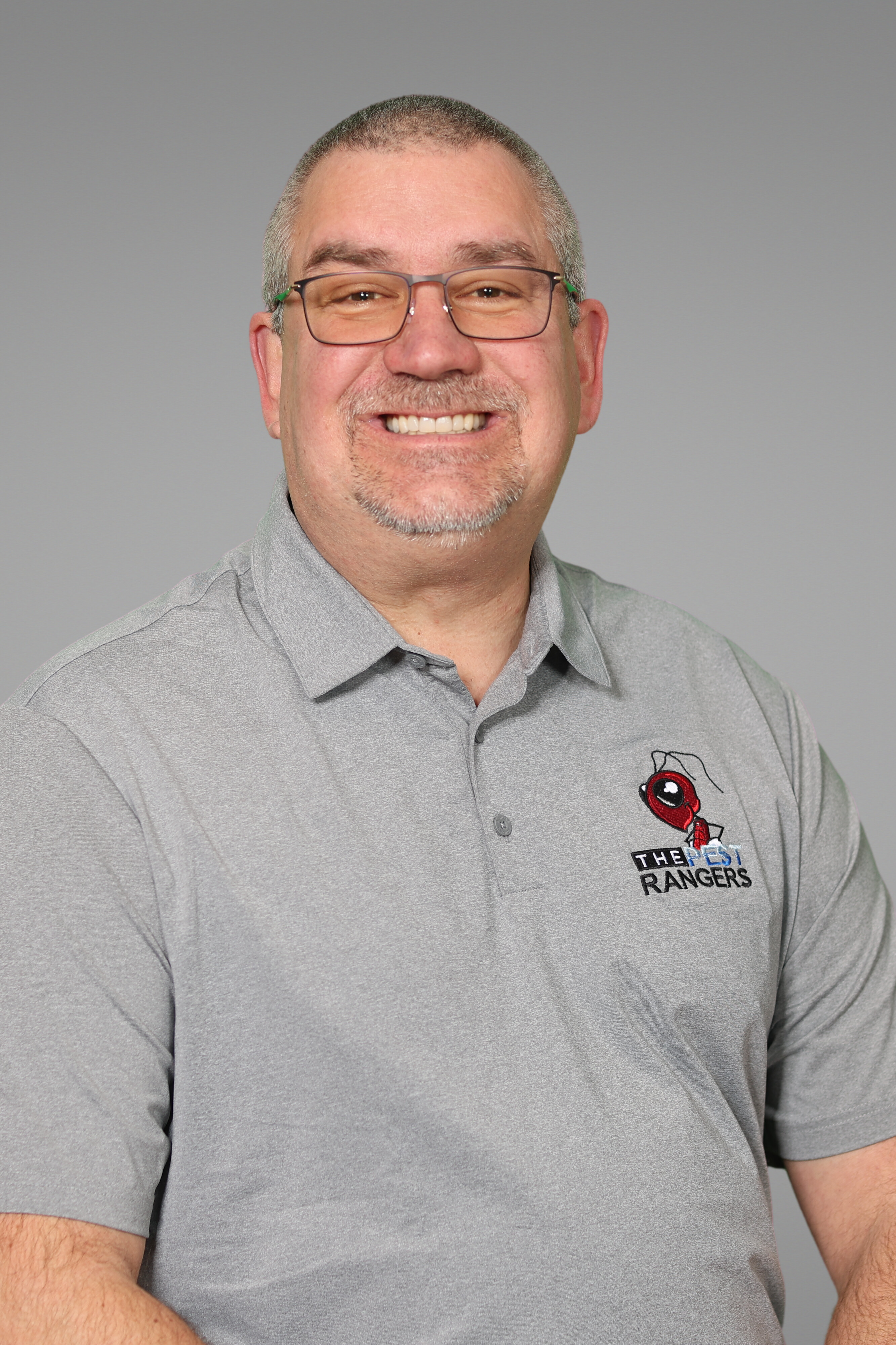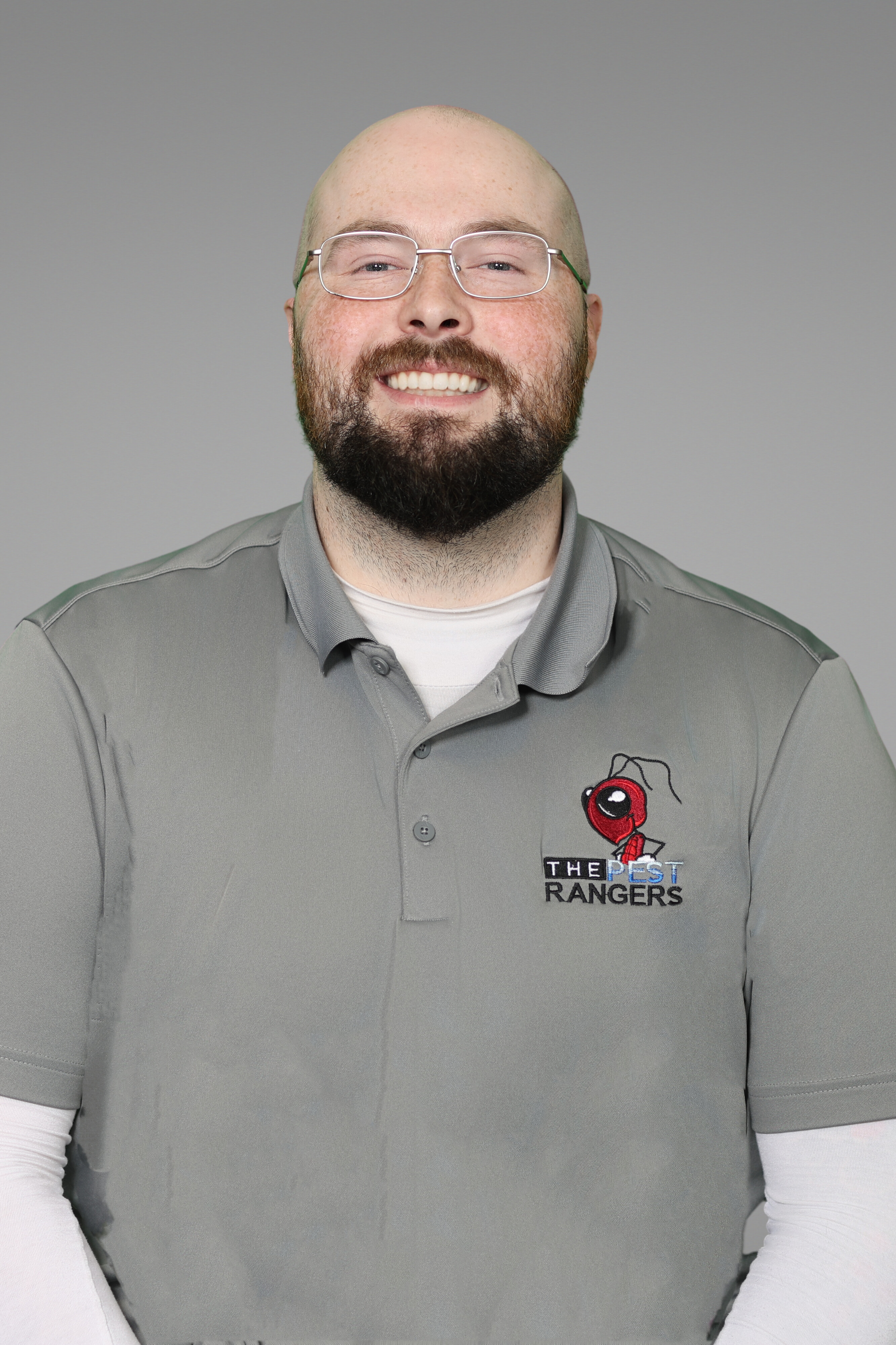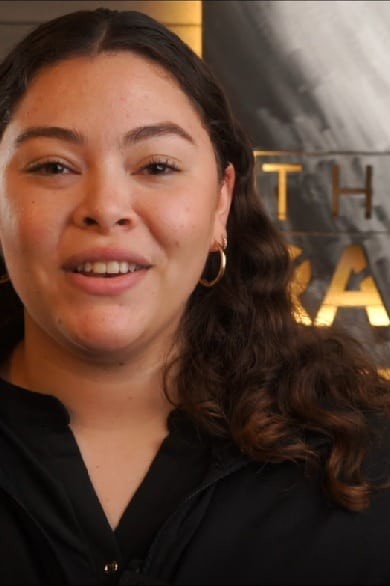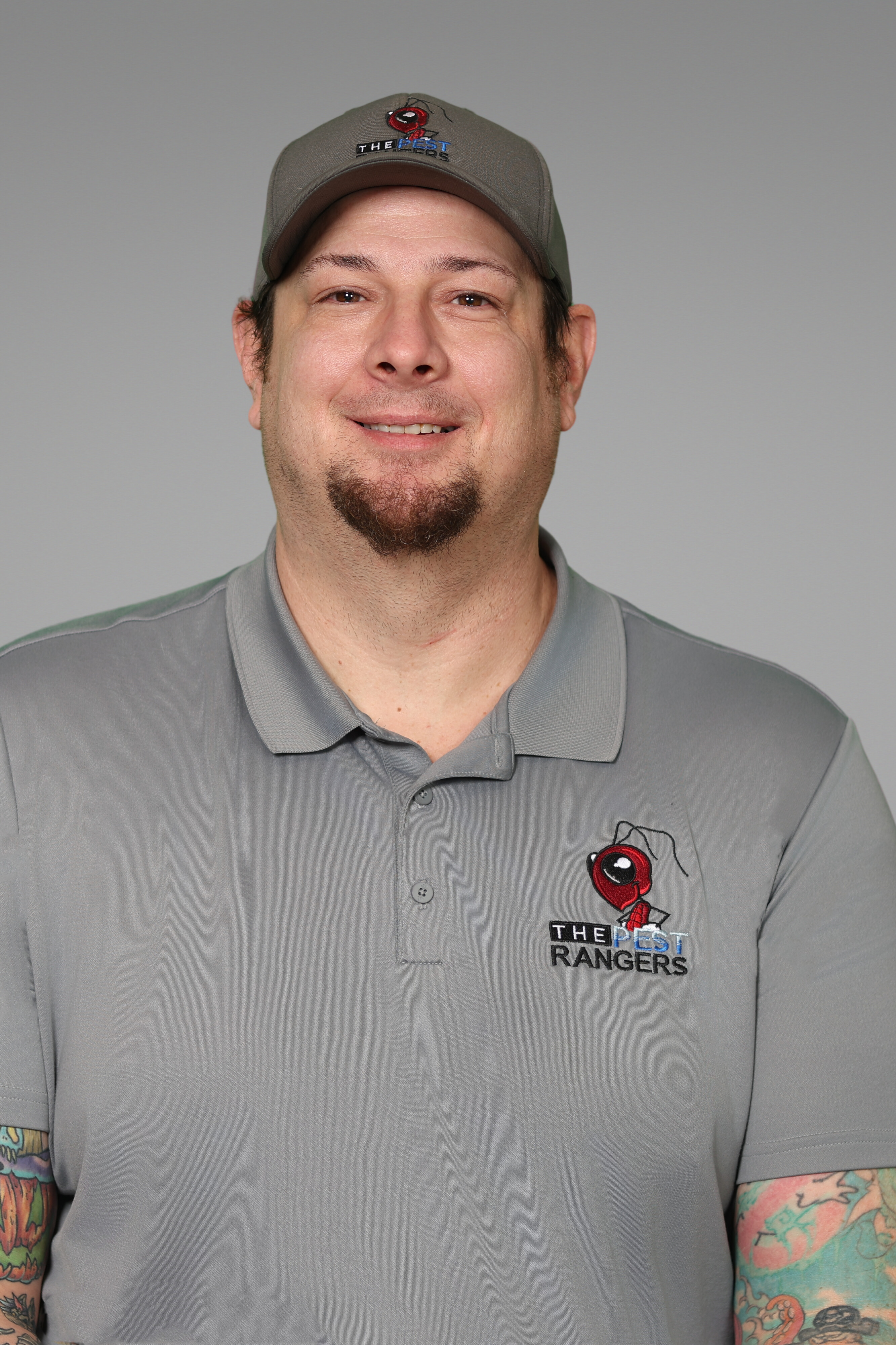Small, segmented, and numbered at the thousands, ants are interesting little insects that can sometimes be a problem.
These tiny creatures are everywhere, but when they end up in your home, they can be an incredible nuisance. While they can be irritating when they show up uninvited, ants are fascinating and play an important role in the environment. Here are a few frequently asked questions about ants.
Compared to their size, yes. They can carry objects up to 50 times their body weight. Though ants are pretty small, they have thick muscles. Most of the power, however, is in their jaws. In comparison, if we had the strength of an ant, we could easily lift a car.
Ant queens act as the head of the colony. They are solely responsible for laying all the eggs, as they are the only fertile ants within the colony. Queens act as the matriarchs of the colony; and they develop into this position with diets rich in proteins.
The different ants that exist in the colonies are queens, workers, and drones. Workers make up the largest force, and all of them are female, while the males are drones. The workers’ main job is to care for the queen, who acts as the matriarch of the colony. Most of the eggs laid by the queen develop into workers.
Male ants develop from unfertilized eggs and their sole purpose within the colony is to mate and die. Males are called drones; they tend to be smaller than females and have longer antennae. Unlike the females, they also have wings and they have the shortest lifespan of the three ant types.
Males and queens will take flight during their mating season. Following their aerial dance, the queens will shed their wings, nest, and head underground. The males usually die shortly after mating. Once the queen reaches her destination, she will work on producing workers. During this period, the queens do not need to eat, but instead, they will use fat stores to stay nourished
Queens only have to mate once. After they have the sperm they need, they will store it and use it for generations of ants. In fact, most of their eggs will be fertilized by sperm from males who have been dead for quite some time.
Males live for the shortest period. Since their purpose is to mate and die, they are not long for this world. They typically live for about a week. Workers can live much longer, surviving around a year. Queens can outlast the whole colony with the ability to live up to 30 years.
Believe it or not, ants are one of the oldest beings on the planet. They’ve been in existence for 100 million years. That’s right; they’ve been around since dinosaurs roamed the planet. These little insects survived mass extinction and have evolved into the many species we know today.
Cold weather, warm weather, it doesn’t matter; ants will be there. There are many different ant species and you can find them anywhere. In fact, there are over 12,000 different ant species around the world. Some of them are simple pests while others can cause some serious damage. They come in various colors and sizes, and they can be found even in some spots thought inhabitable. Yep, that’s a lot of ants!
They do! Like humans, some ants will “farm” other insects, like aphids. They care for and raise them, much like we do with livestock. They will even go as far as to protect and shelter them. In addition to this, ants will also enslave other ants. They will kidnap ants from other colonies. They will raid neighboring colonies, steal eggs, and even…eat some of what they bring back – including larvae. Plus, ants will actually take prisoners and force them to work for their colony.
Ants work as a collective, rather than individuals. They work together and communicate on a different level. They talk using pheromones and chemical trails, which can make it difficult to get rid of them. These messages alert others to danger, show a way to food, or other ways to coordinate. They use their antenna to smell, and communication is rapid.
Ants and termites often get confused with each other, especially during mating times. Both insects swarm when they mate, but there are some distinct differences. Ants are segmented, with large heads, elbowed antennae, and powerful jaws. Termites, on the other hand, are not segmented and beaded antennae.
Ants don’t have lungs; in fact, they breathe very differently than we do. They have tiny holes in their body where oxygen enters, and carbon dioxide exits. Additionally, they don’t have ears. Instead, they hear by feeling the vibrations in the ground.
No, only males and queens have wings. Queens will shed their wings shortly after mating, while males die shortly after mating. The workers do not have wings at all.
Ants are known for their strong jaws, and yes, they can bite or sting. Some ants are too small to cause any damage, while others can be dangerous. Bullet ants, for instance, have a bite that is considered one of the most painful insect bites. Some ant bites, depending on the species, can be fatal.
Concluding Thoughts
Ants can be frustrating when they are in your home but as annoying as they can be, they are quite helpful for the environment.
They can disperse seeds, pollinate plants, and improve the soil. They create a diverse ecosystem, but they can also be a nuisance.
If you are experiencing an ant problem that is more than you can handle, contact a local pest control expert.



























